MSD dress code creates conflict between students and administration
Sophomore Quinn Braun models the difference between disregarding and following BCPS dress code policy.
October 29, 2021
Marjory Stoneman Douglas High School student Manoela Ford, gets up bright and early to prepare for school. Looking through her closet, she picks out a comfortable outfit with black sweatpants and a loose tank top, as she has a long day ahead of her. Ford doesn’t think much of the small inch of skin revealed between her tank top and pants. However, right as she walks through the ruby red gates and shows her student ID to allow her entry, she is suddenly stopped by a female administrator.
“…right as I walked into school she pointed at me and started yelling at me and three other girls,…” Ford said. “[She was] basically saying that we knew that we were breaking dress code, even though the space between my shirt and sweatpants was less than an inch. She took photos of our IDs and said that if she caught us again, out of dress code, she would take our shirts, give us a new one and send us to detention.”
At the start of this school year, the Broward County Public School dress code policy became a focus for the MSD administration. The purpose was to reestablish dress code expectations after a year of online learning due to the COVID-19 pandemic. Multiple Remind messages, emails and phone calls went out to MSD parents about dress code policy and the consequences for violating it.
The first time a student is in violation of the school dress code, they receive a verbal warning. The second time, they lose club privileges for one day, and the third, they lose club privileges for 30 days or receive an internal suspension for one to three days.
Each time a student violates policy, they are provided a change of clothes, which must be returned by the end of the day. If a student is uncooperative or rude, administrators will apply the BCPS discipline matrix consequences for insubordination, which is either a detention or one to two days of internal suspension.
According to the MSD administration, there were a large number of dress code violations at the beginning of the school year, which have sharply declined over time. In a survey conducted by the Eagle Eye, approximately 30% of students reported that they have been dress coded.
Most violations were female students who were either identified as they came into school or were sent to the office with dress code violations ranging from an exposed shoulder or midriff to lowcut shirts.
“In order to make this [school] feel like a place of business and to respect the environment, we should come dressed as if we are going to work, and at work we wouldn’t be dressing the way we dress at the beach or out at a party,” Koltunova said.
In contrast, nearly 88% of students disagree with the school district’s dress code and 59% feel that the dress code is completely unnecessary all together. This disagreement over the dress code sets up a conflict between students and school staff.
In addition to prohibiting tank tops, short shirts and shorts, and exposed midriffs, the dress code also prohibits students from wearing any head coverings, such as hats, bandanas or hoodies. The only exception is given to those with a religious head covering, which must be approved by administration.
“I really wish we could wear hats in schools,” senior David Prengler said. “I have so many cute hats that could go so well with my outfits, and it would help me a lot on bad hair days.”
Some students feel that these restricted clothing types make wearing “trendy” or fashionable outfits to school difficult.
One possibility as to why students find it challenging to mix fashionable yet “school-appropriate” outfit choices is the reduced stigma around body-shaming in recent years. As this trend has surfaced over the pandemic, the student population has grown more accustomed to showing off their bodies, creating an increase in society promotion of body positivity. Body positivity and self-love has expanded tremendously through various social media platforms, like TikTok and Instagram.
Some students suggest dress code is a detriment to body positivity and limits a person’s individuality. According to these students, “strict” dress code rules teach young women that they should hide their body, rather than appreciate it. Some even state that they purposely violate dress code simply because they do not support these so-called “sexist hostilities” and want to wear whatever they choose.
“Dress codes make women feel like their clothes matter more than their education,” sophomore Alex Pfeifer said. “I intentionally break the dress code because I should be able to wear whatever I want, to a certain extent of course.”
Although the BCPS dress code applies to all students on campus, some students feel that the majority of violations that are being punished are associated with female students, rather than their male counterparts. Of the students surveyed, 92% feel that this dress code enforcement is targeted more towards female students.
Some students, like sophomore Natalee Cohen, feel dress code policies discriminate against women, specifically those with larger body types.
“When it comes to women with uncontrollably enhanced body parts, it is unfair to violate them for what is worn, when in comparison to someone who is not as developed has no issue of wearing that clothing because they are not considered to be “showing as much,” sophomore Natalee Cohen said. “It implies unequal rights to self expression and damages the self-worth of a woman who cannot control these factors.”
On the other hand, administration points to the fact that female students may be more prone to dress code violations due to the fact that current female fashion trends reciprocate more “showy” outfits.
“We have a pretty gender neutral dress code,” Koltonova said. “Right now young males do not have any popular dress that requires them to show their midriff. If that becomes something like it was in the 90s for a while when males wore crop tops, then they would be dress coded.”
This story was originally published in the October 2021 Eagle Eye print edition.

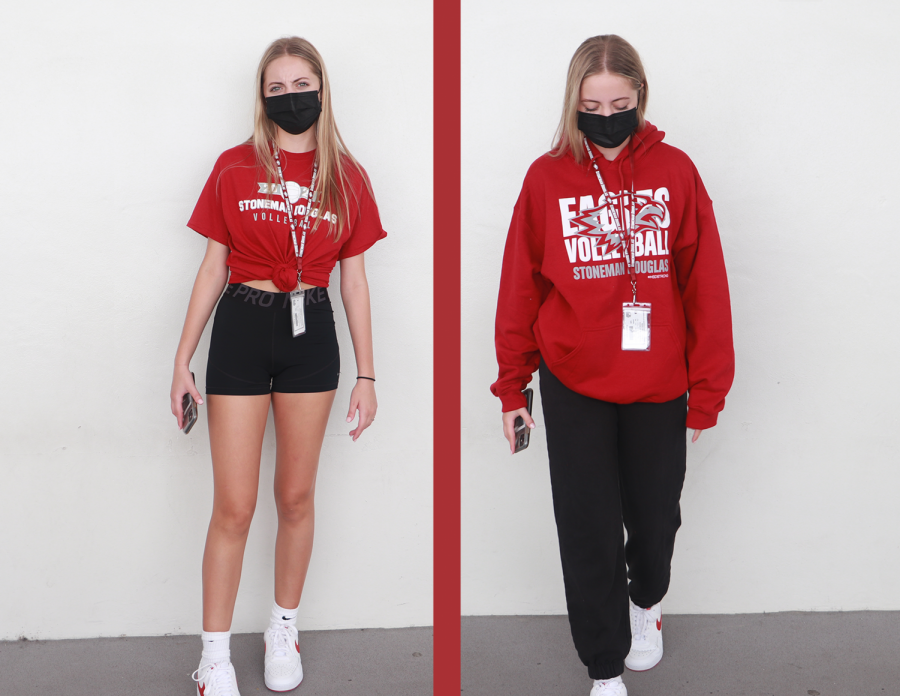



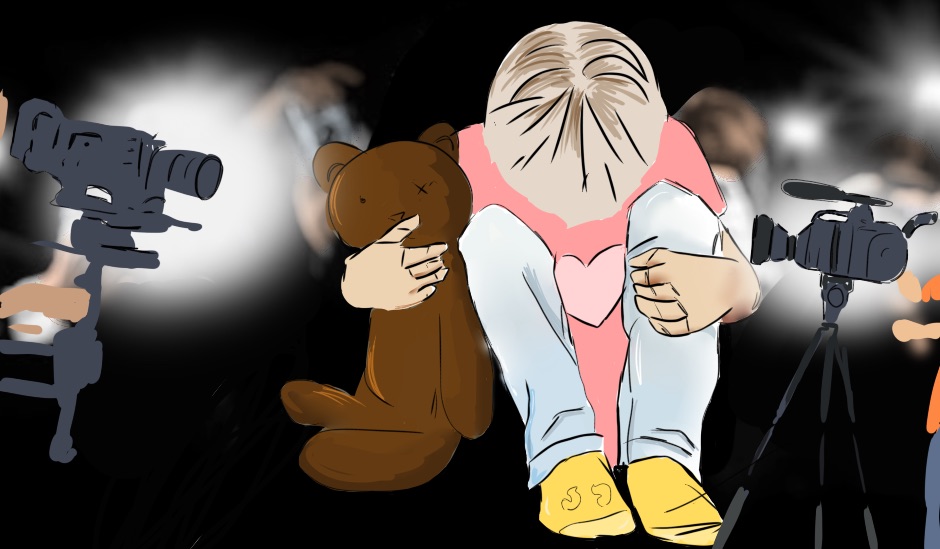

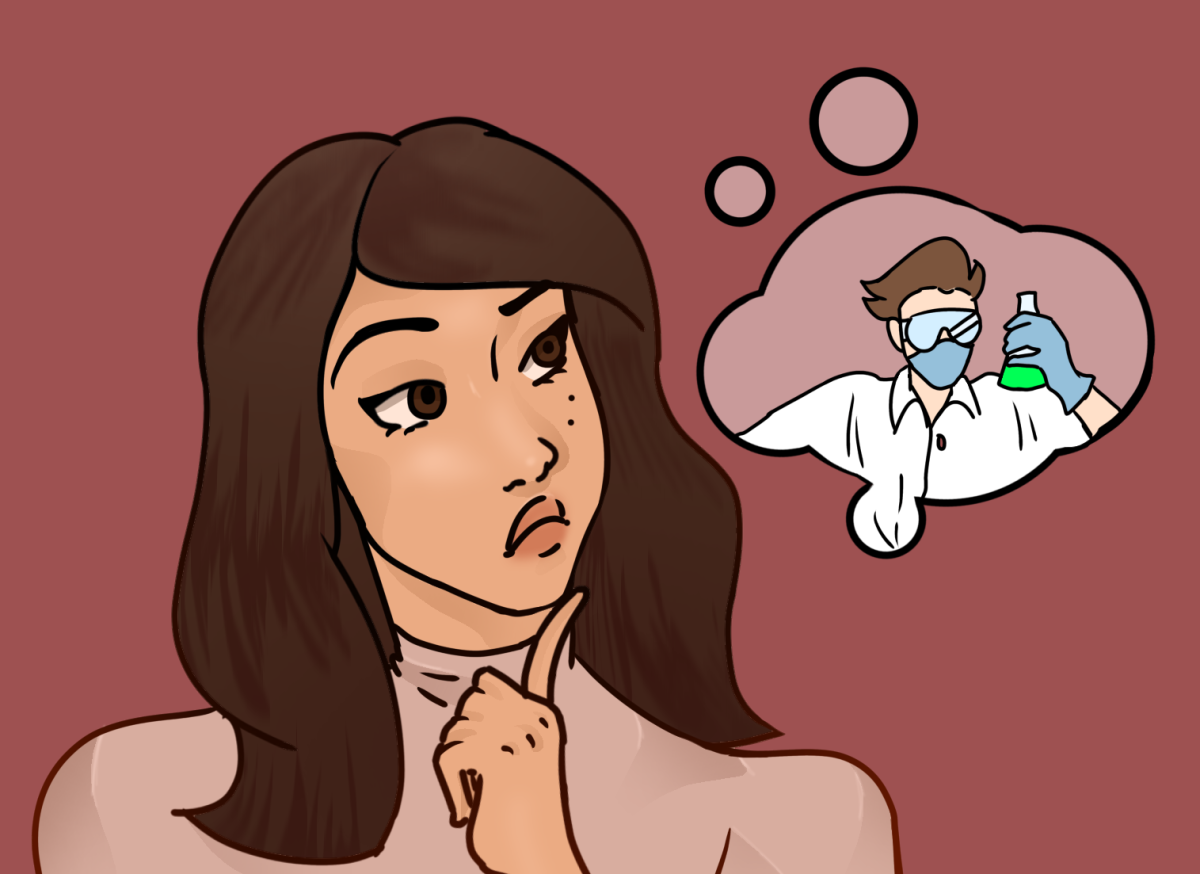

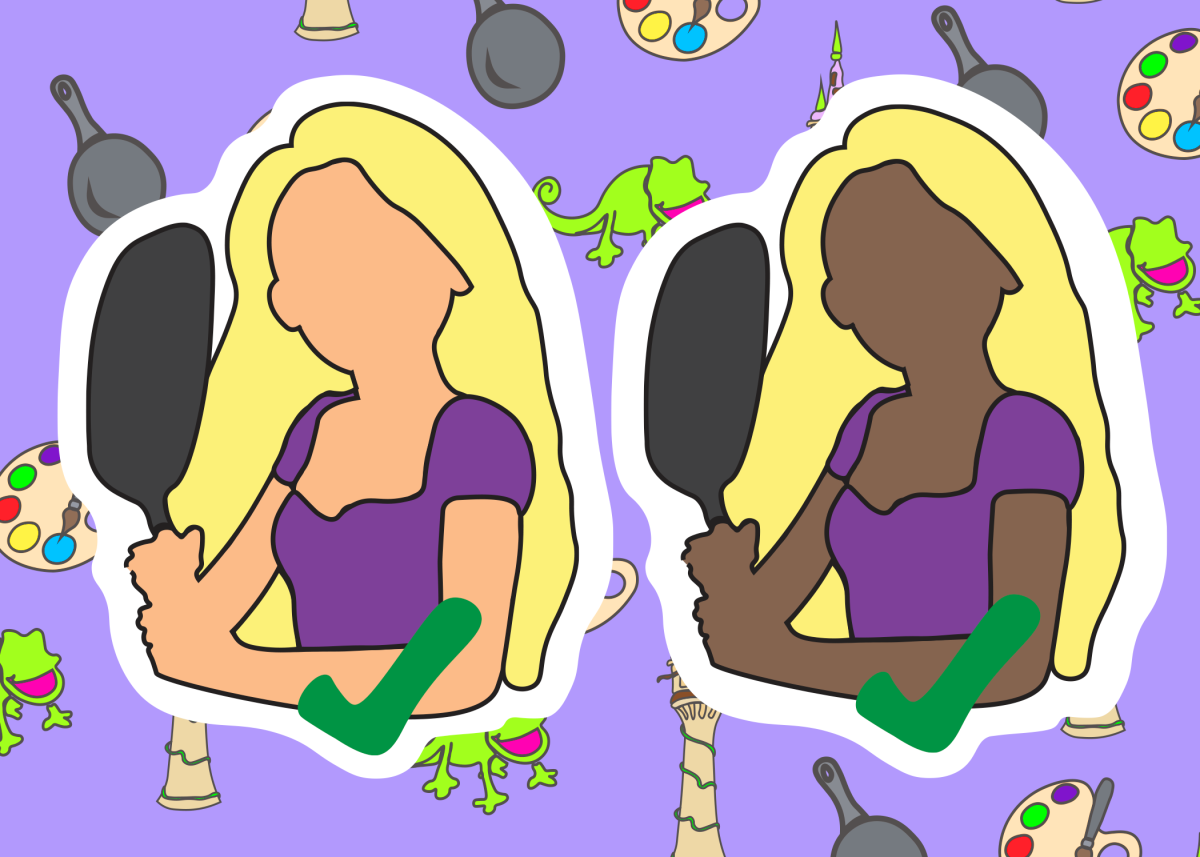




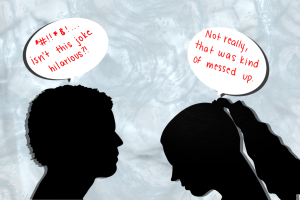
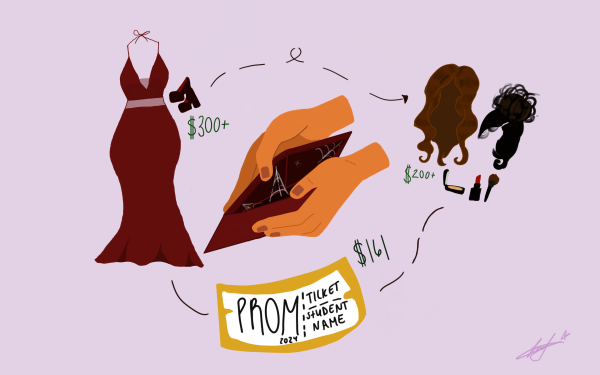
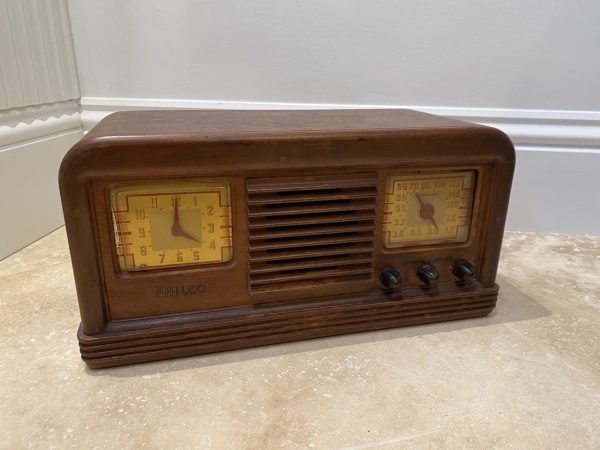


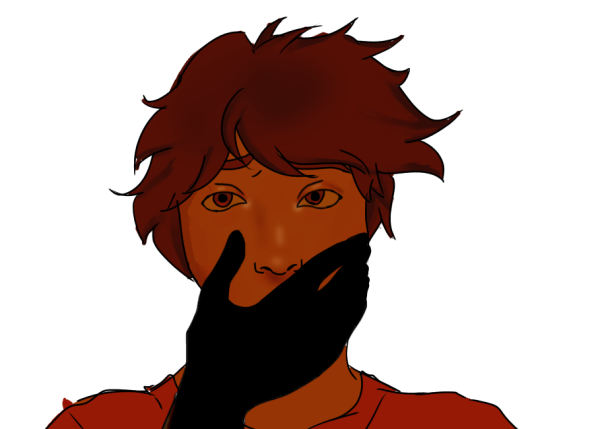



![(left to right) Seniors Stephanie Bilsky and Gracyn Haynes sport the DECA symbol, a triangle, at their first career fair, hosted on Dec. 6, 2023. The career fair had 12 business for students to explore and ask questions about. What we wanted to do is just take what weve learned [in DECA] and expand it to those students who arent enrolled in this class and dont have access and then just kind of take it to the community and allow students to discover their future as well, Haynes said.](https://eagleeye.news/wp-content/uploads/2024/01/9n9MEiC72JCfrptYKrZhoKhKscuboBiEju33GYeA-600x400.jpg)
